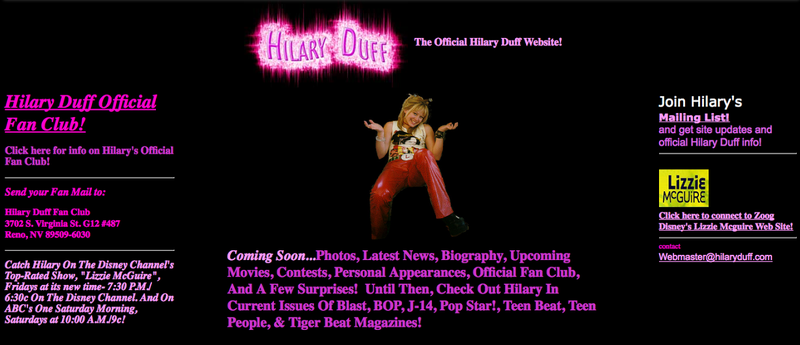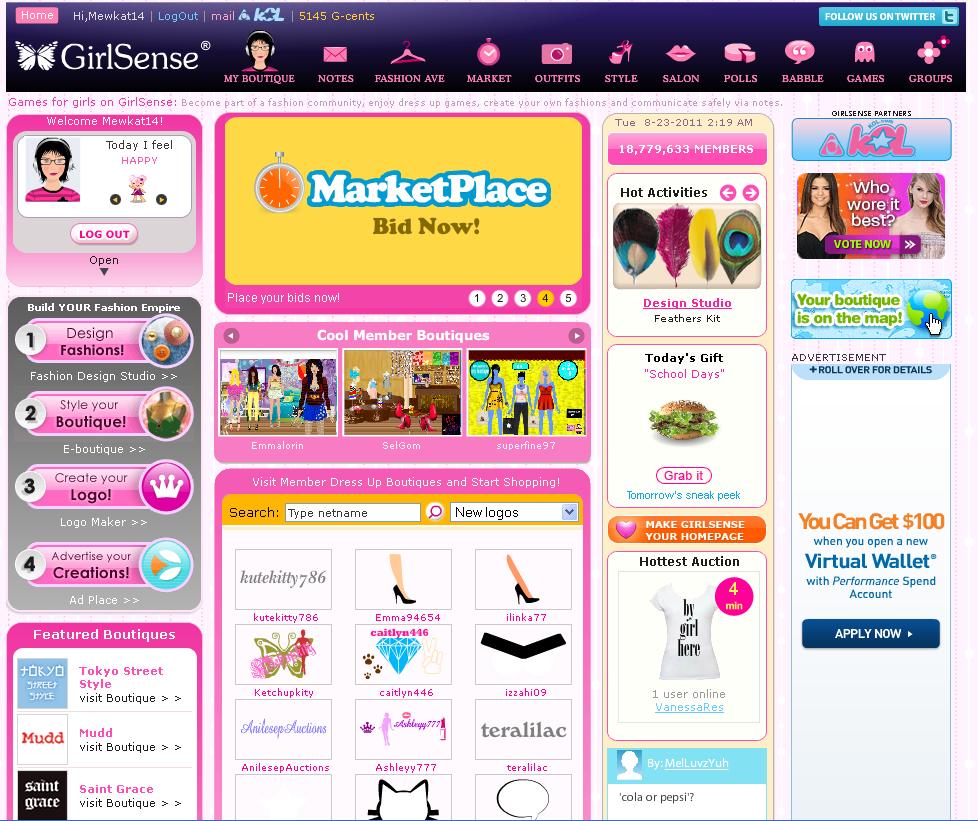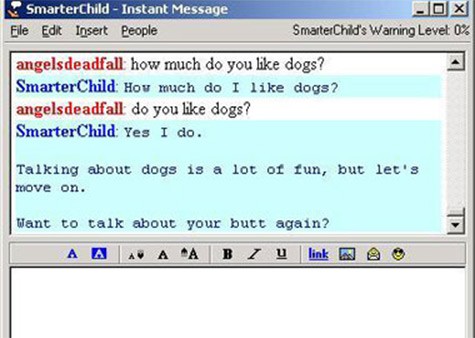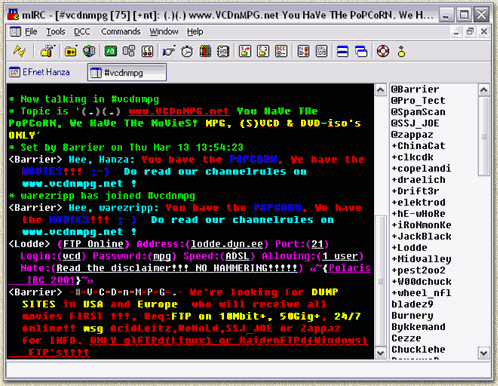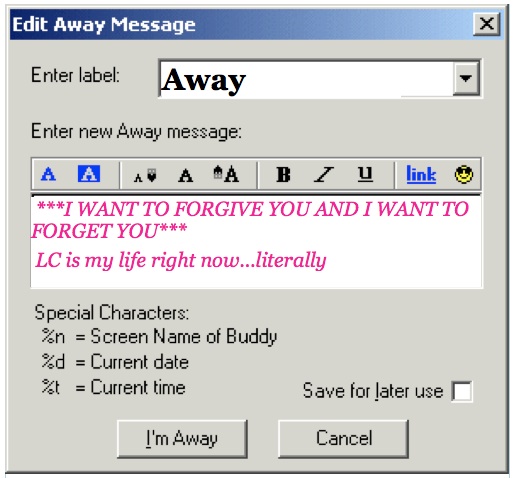file edit view
file edit view
words from james~*~
How did your exposure to tech and early Internet impact your work?
How does this early tech/digital aesthetic function when trying to communicate in a piece?
Can you describe for us, what your creative process is like?
What were your most frequently visited websites growing up?
Do you think that this early digital aesthetic that makes people nostalgic now, will shift as time goes on?
I got a computer when I was 12 or 13. I was making websites on geocities in the era that it was owned by Yahoo in the late 90s/early 00s when I first became affiliated with the internet aesthetic. Until I was a junior in college my main practice was painting and drawing. I turned to new media and video when I realized that the things I was making and sharing online for fun were more important to me than the painting and drawing practice. In the very early days of YouTube (April 2005) a 15 second joke video I made to post on a friend's MySpace was featured on YouTube's front page. It was 15 seconds of a vulture eating a slab of meat set to music by Tom Waits. This gave me exposure to a mass audience who was angry that my stupid video got featured when the videos they spent hours making got no views. I started trolling people and realized how powerful the internet as a platform can be.
How does this early tech/digital aesthetic function when trying to communicate in a piece?
Using any media of the past can be considered a form of media archaeology--whether that media is a hardware, software, codec, video format, etc. Activating aesthetics and media of the past can communicate a sense of nostalgia and familiarity, but it can also communicate a criticality toward contemporary technological culture.
Can you describe for us, what your creative process is like?
I'm a writer and reader above all else. When I create a new work, the ideas, concepts, and theories come first. I then come up with a form for the piece and work to merge the form and meaning as much as I possibly can. If I'm working on a major video piece I'll generate extensive google docs with research, concepts, and storyboards of sorts. If it's a realtime performance I'll carefully compose the piece. If it's a software or hardware tool I'll develop its features and distribute the plans for it using an open source philosophy.
What were your most frequently visited websites growing up?
My primary internet experience was talking to friends on AOL instant messenger. I used livejournal a lot, which was the late 90s/early 00s version of facebook/friendster/myspace when I was in middle school and the first years of high school. Also various geocities websites. I used Yahoo rather than google. I spent a lot of time on music chat boards (I don't even remember which websites) and movie websites. The internet was much less centralized then...there was no imdb, no twitter, no facebook, etc.
Do you think that this early digital aesthetic that makes people nostalgic now, will shift as time goes on?
I think people are intrinsically nostalgic, and materializations of this nostalgia absolutely change and shift with the times. The early cinema of George Lucas can be considered the nostalgia of the 1970s, channeling his teenage upbringing in American Graffiti and his childhood interest in comic books and action figures in Star Wars. As techno-media culture develops, both nostalgic aesthetics and the material ways in which they're channeled into the present change and develop. Digital culture and the internet mean that we have larger archives to pull from when channeling nostalgic aesthetics. Projects like Olia Lialina's One Terabyte of the Kilobyte Age and Digital Folklore Reader show how early internet aesthetics were nostalgically channeled into new media works of the past decade. Nostalgic works of the future will channel vine tropes, HD video materialities and glitches, and current fads of video and motion graphic design. 2005-2015 YouTube compression artifacts will be the new VHS.

